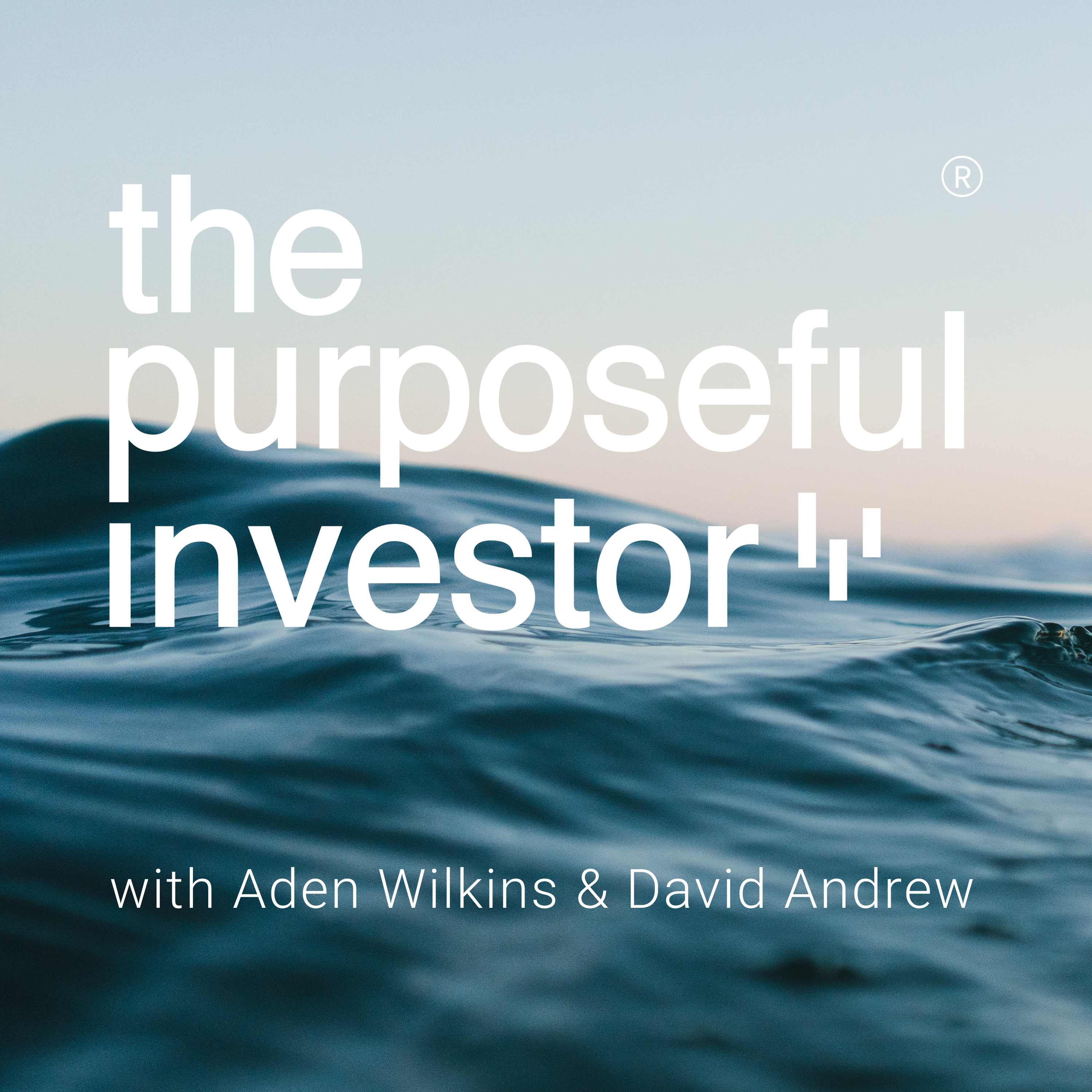There comes a moment—quiet, but unmistakable—when you realise you’ve built enough. Enough wealth and success. Enough to pause and ask: What now?
For many business owners, that question marks the beginning of a new chapter. One where the focus shifts from accumulation to contribution. From success to significance.
For business owners, philanthropy is how they turn that moment into a movement.
What is structured giving?
Structured giving isn’t reserved for the ultra-wealthy. At its core, it’s about creating a sustainable approach to philanthropy rather than making one-off donations.
“You don’t have to be super rich to be a philanthropist,” explains Denise from Equity Trustees. “A philanthropist is someone who gives their time, talent, network and treasure to support the community.”
The concept works similarly to a self-managed super fund. You establish a trust structure, invest capital, and distribute a portion of the returns each year to your chosen charities. The principal remains invested, creating an ongoing income stream for causes you care about.
In Australia, this typically takes the form of a private ancillary fund (for families or individuals) or a public ancillary fund (similar to an industry super fund with multiple accounts). The minimum entry point can be as low as $5,000—far more accessible than many assume.
Tired of reading? Click here to listen to our podcast on philanthropy and the power of structured giving.
The impact of philanthropy for business owners
Consider the story of a Queensland family who made a modest $10,000 grant to support penguin research in Antarctica. That initial funding kept a researcher in the field when he was about to leave due to a lack of support. Years later, that same researcher secured government funding and is now competing for a $30 million NASA grant to study climate change from space.
“Philanthropy can be the risk capital,” Denise explains. “Sometimes, the government won’t fund projects until they’ve been tried and tested. Our role is to step in and give people a chance to try something new and demonstrate value.”
This illustrates how even relatively small amounts, strategically directed, can create an outsized impact by funding innovation that larger institutions might consider too risky.
Getting started
If structured giving interests you, begin by assessing your capacity:
- Speak with your wealth adviser about your financial position
- Consider whether you have a tax event coming up (property sale, share disposal) that might make this an opportune time
- Explore the minimum entry points for different structured giving vehicles
- Connect with professionals who can guide you through the process
Remember: this isn’t about perfection. It’s about progress. Structured giving is a journey—one that evolves with you.
The time is now
Whether you start with $5,000 or $5 million, structured giving allows you to create impact during your lifetime. It offers tax benefits, business engagement opportunities, and the chance to see your generosity make a difference.
So if you’ve ever thought, “I’ve got enough—now what?”
This might just be your answer.
Sign up for our mailing list for insights to stay updated on industry news, thought pieces and educational material or contact our team today.




